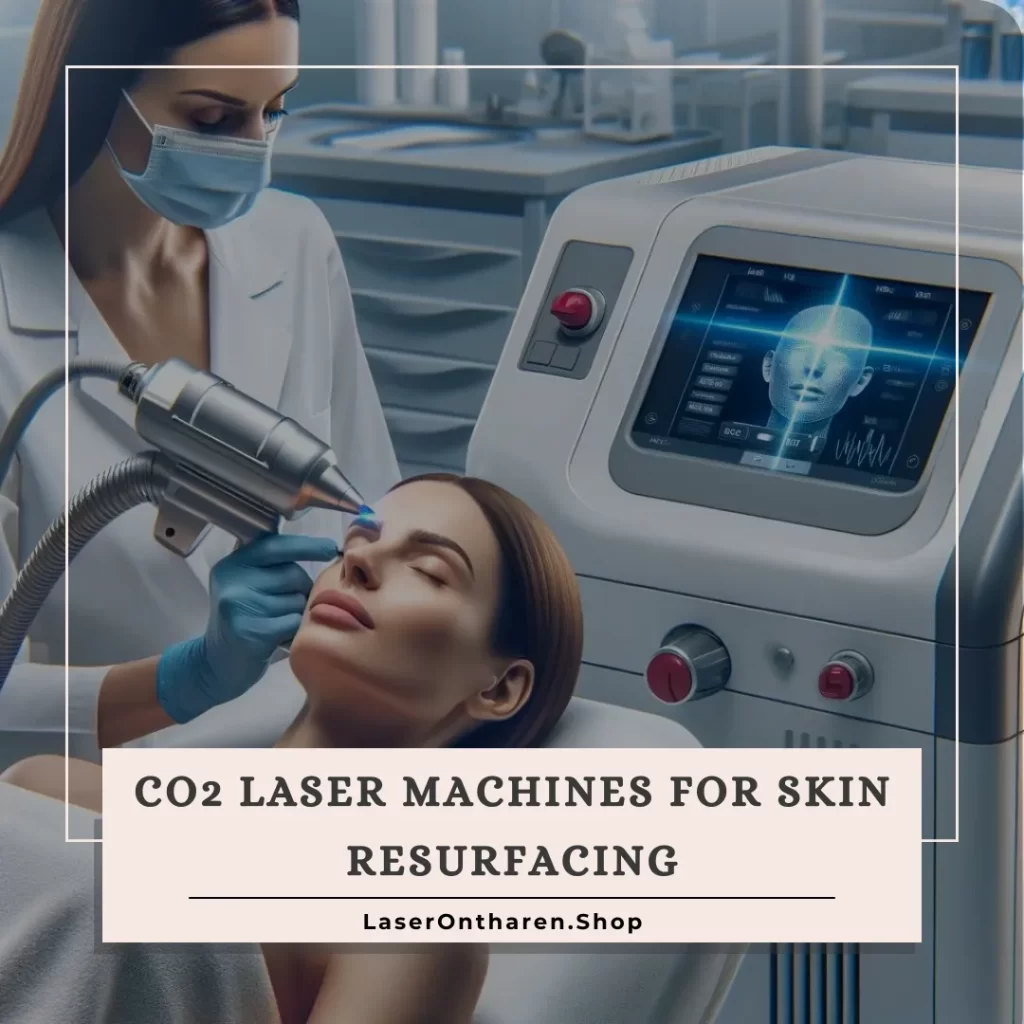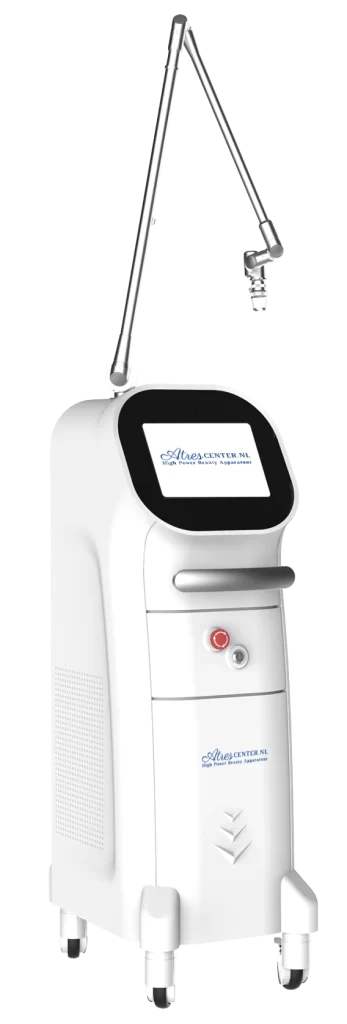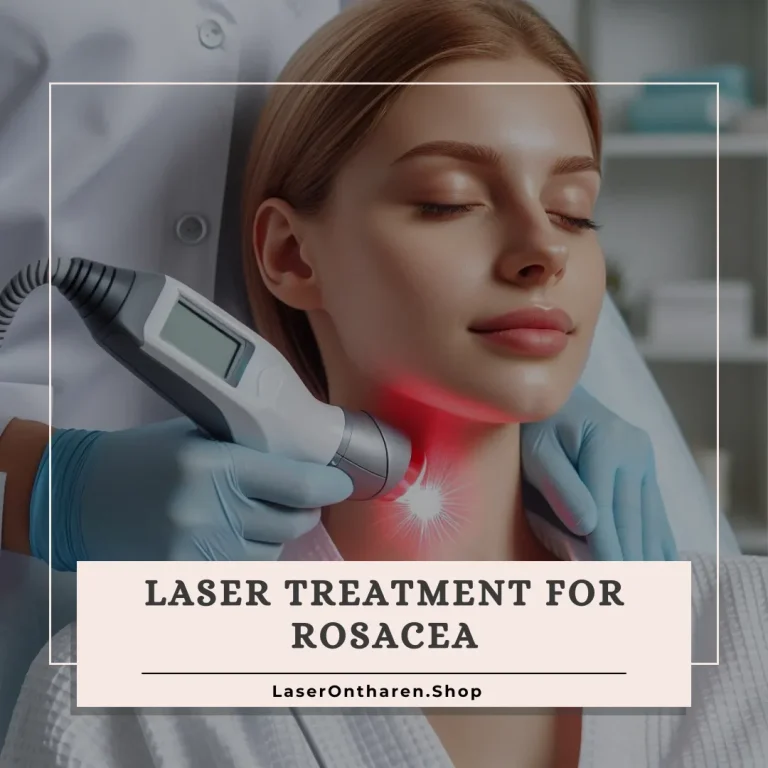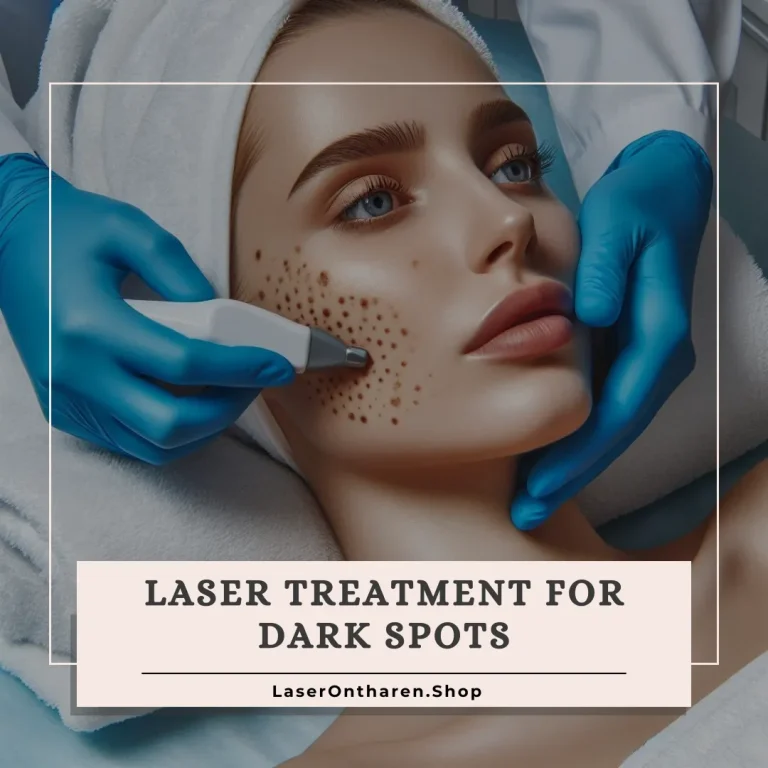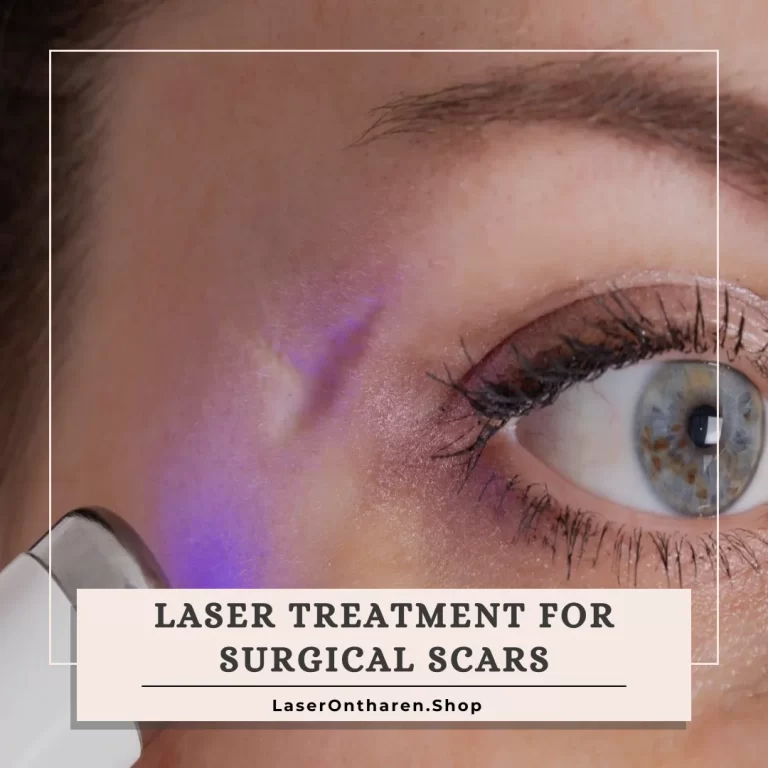Introduction
CO2 lasers stand at the forefront of advanced skin resurfacing treatments, offering a revolutionary approach to address a myriad of skin concerns.
These powerful tools harness carbon dioxide (CO2) laser energy to perform precise, targeted resurfacing of the skin.
The benefits of CO2 lasers are manifold, extending from wrinkle reduction and scar treatment to the improvement of skin texture and tone.
Their versatility and efficacy make them a valuable addition to the practices of dermatologists, estheticians, and other skin care professionals.
How CO2 Laser Machines Work
The core technology behind CO2 lasers involves the emission of a specific wavelength of light (10,600 nm) absorbed by water molecules in the skin.
This absorption process generates heat, which vaporizes the water in the skin cells, leading to the precise removal of targeted layers of skin.
Ablative Resurfacing Process
Ablative resurfacing with CO2 lasers involves the removal of the entire top layer of the skin, which stimulates the underlying dermal collagen to remodel, resulting in smoother, younger-looking skin.
This process is especially effective for treating more profound skin imperfections, such as deep wrinkles and scars.
Fractional CO2 Technology
An advancement in CO2 laser technology is the development of fractional CO2 systems.
These machines create microscopic thermal injury zones (columns) in the skin while leaving surrounding tissues intact.
This technique promotes rapid healing and reduces downtime, making it an efficient solution for controlled resurfacing and rejuvenation.
Applications of CO2 Laser Machines
CO2 lasers are incredibly versatile, capable of treating a wide range of skin conditions, including:
- Wrinkles and fine lines
- Sun damage and age spots
- Acne scars and other types of scars
- Uneven skin texture and tone
- Skin laxity
They are also used in the treatment of precancerous lesions and benign growths, provided the operator has received the appropriate training.
Introducing Our Device
Our device exemplifies the pinnacle of CO2 laser technology, offering unparalleled precision and versatility for scar removal and skin resurfacing.
The specifications of our CO2 fractional laser machine include:
- Power or RF: 800W
- Frequency or RF: 2Mhz
- Infrared laser Power: 20w
- Infrared laser wavelength: 940nm
- Ultrasound Power: 200W
- Vacuum Intensity: 10-90Kpa
- Dimensions: 532mm x 537mm x 1130mm
- Weight: 50Kg
Benefits and Considerations of CO2 Laser Machines
Benefits
The adoption of CO2 laser technology in skin care practices offers significant benefits, including:
- Substantial improvement in skin texture and tone
- Effective reduction of scars, including acne scars
- Long-lasting rejuvenation results
Considerations
However, there are important considerations to bear in mind:
- Extensive training is required for safe operation.
- Potential side effects include redness, swelling, and temporary hyperpigmentation.
- Patients may experience downtime as they recover from the treatment.
Factors to Consider When Choosing a CO2 Laser Machine
Selecting the right CO2 laser machine for your practice involves evaluating several key features:
- Ablative and Fractional Capabilities: Look for machines that offer both for versatility in treatment options.
- Power and Precision Control: Essential for customizing treatments to each patient’s specific needs.
- User Interface and Ease of Operation: Intuitive controls and user-friendly interfaces can enhance treatment efficiency.
- Safety Features and Cooling Technology: These are critical for patient comfort and minimizing the risk of side effects.
- Manufacturer’s Reputation and Service: Choose a machine from a reputable manufacturer with reliable customer service and support.
Cost and Maintenance of CO2 Laser Machines
Investing in a CO2 laser machine for skin resurfacing involves consideration of both the initial purchase cost and ongoing maintenance to ensure optimal performance over time.
The upfront cost of a CO2 laser machine can vary widely based on its capabilities, features, and the manufacturer.
Advanced models, especially those equipped with fractional CO2 laser technology, tend to be at the higher end of the price spectrum due to their enhanced precision and versatility in treating various skin conditions.
Maintenance is a crucial aspect that contributes to the overall cost of owning and operating a CO2 laser machine.
Regular maintenance tasks include keeping the machine clean, ensuring mirrors and lenses are free from stains and damage, and replacing parts like the laser source (glass tube), mirrors, lenses, and moving parts as needed.
The life expectancy of components such as the glass tube can vary, often cited between 1,000 to 10,000 hours of use, depending on the operational intensity and cooling efficiency during use.
High-quality laser tubes from reputable brands, such as RECI and YONGLI, are recommended for their reliability and performance.
Secondary cost factors that can affect the operating cost of a CO2 laser machine include laser rebuild costs, which can add a significant amount to hourly operating expenses.
Factors like machine acceleration, deceleration, reliability, beam stability, and laser beam quality also play a role in the machine’s efficiency and effectiveness.
Additionally,
laser automation can decrease manpower costs and increase production, although it adds to the total machine cost.
It’s essential to consider the total estimated operating cost over a machine’s lifespan, taking into account potential rebuild costs and other secondary expenses.
Our device, with its robust specifications, represents a significant investment for dermatologists, estheticians, and skin care professionals seeking to incorporate advanced CO2 laser technology into their practice.
The device’s high power, precision control, and fractional CO2 capabilities make it an effective tool for a wide range of skin resurfacing applications.
However,
like all advanced medical equipment, it requires regular maintenance and occasional part replacements to maintain its performance and extend its service life.
Properly accounting for these ongoing costs is crucial for practitioners to ensure the financial viability of offering CO2 laser treatments within their practice.
The Future of CO2 Laser Technology
The future of CO2 laser technology is indeed promising, with continuous advancements that aim to expand its applications, improve its efficiency, and enhance the safety and efficacy of CO2 laser treatments.
Innovations in this field are expected to further solidify the position of CO2 lasers in various industries, including medical aesthetics, material processing, and beyond.
One of the significant areas of CO2 laser technology advancement is in metal and non-metal material processing.
Despite the rise of fiber lasers, CO2 lasers remain highly valued for their maturity, stability, and reliability.
They continue to be widely used in Europe and the United States for a variety of applications, thanks to their broad applicability across different materials.
CO2 lasers offer unique advantages, especially in the spectral range of 9-12 μm, where many natural and synthetic materials show strong absorption characteristics.
This makes them particularly effective for processing materials like steel metals, non-ferrous metals, precious metals, and various non-metals.
Moreover,
the nature of the CO2 laser beam opens up possibilities for customized applications in specialized areas such as polymers, plastics, ceramics, fabric and leather, wood, and other materials.
Innovations in optical patterns and path designs are leading to the creation of more perfect spots, reducing heat-affected areas and enabling high-quality precision cutting.
This is especially relevant in the IT industry for cutting high-quality cell phone films and display panels.
In the medical field,
CO2 lasers have found new applications in advanced treatments.
For example, CO2 laser-assisted deep sclerectomy (CLASS) is a promising procedure for reducing intraocular pressure in glaucoma patients, showcasing the potential of CO2 lasers in offering effective solutions with minimal complications.
This points to a future where CO2 laser technology could play a pivotal role in addressing complex medical challenges.
Overall,
the future of CO2 laser technology is characterized by its versatility and adaptability.
As research and development in this area continue, we can expect to see CO2 lasers being used in increasingly innovative ways to meet the demands of various industries.
The continuous improvement in pulse control, reduction in healing times, and expansion of treatment possibilities highlight the enduring relevance and potential of CO2 lasers in contributing to advancements across multiple fields.
Conclusion
CO2 laser machines are powerful tools for advanced skin resurfacing, capable of addressing a wide range of skin concerns.
Their versatility, effectiveness, and the significant improvements they can achieve in skin appearance make them an invaluable addition to any practice.
However,
it is crucial for professionals to undergo proper training and choose a reputable manufacturer to ensure the safe and effective use of these devices.
As technology advances, CO2 lasers will continue to play a pivotal role in the field of dermatology and aesthetic medicine, offering promising solutions for skin rejuvenation and scar treatment.
Additional Tips
Including high-quality images of CO2 laser machines and close-up views of the laser beam in action can provide potential buyers with a clearer understanding of the technology.
Additionally, a short video demonstration of a CO2 laser treatment can offer a practical glimpse into the procedure, aiding in the decision-making process.
Qualified professionals seeking to expand their practice offerings with advanced skin resurfacing treatments will find CO2 laser machines to be an essential investment.
